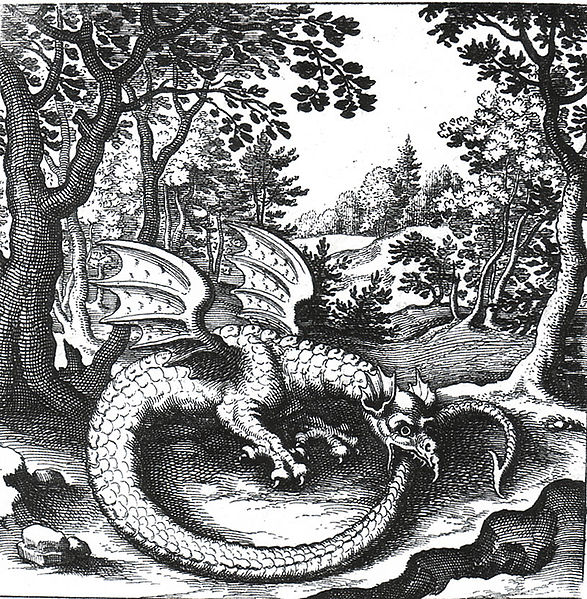Panda Bob @ Animal Place, California, 2014.
Who makes up the space of “the” Animal Rights debate?
How do you get your own specific message across if it’s yet unrepresented?
And how can you audibly express yourself?
This fragment as a PDF (Link opens in a new window)
B, L and P. / @animalogy
In the AR movement as we have it today, there is not a lot of space for individual voices, unless that is, you fulfil some prerequisites. For instance:
– You have to be part of a group or “fraction” in some way. Problematic, because of group dynamics.
– You must support and repeat opinions of the ones considered to be experts in their fields. Problematic, because disempowering to individual reasoning and thought development.
-You have to stay away from making Animal Politics, by restricting yourself to marginally discussing animal issues, if you don’t meet the first two criterions, and stay out of “expert” (or “insider”) issues. Problematic, because animal issues quickly grow into a core concern for any individual who has once stepped out of our human-centric frames.
Once you “anti-speciesistically” emancipate, you might find out that you need own ways and spaces to:
– Plainly speak about your relation to nonhumans in a non-biologistic way
– Discuss humans and ‘being human’, human society and being part of human society, in a more fundamentally critical way
– Rethink the human/society/nonhuman-complex in new, strictly non-anthropocentric, yet non-biologistic ways.
So, what we advise any “Nonhuman Animal Ally” to do, is the following, and coming from this angle might even help turning today’s “Animal Rights movement” into an “Animal Rights empowerment, consciousness and thinking” that won’t even need a single specific “movement” anymore, that will instead become a pluralistic constituent of our overall political and rights consciousness:
– Don’t make your own activism and opinion adaptable, in order not to conflict with people or groups from within “the movement”. Stay individually “whole”.
– Express yourself, disregardful of whether you find your place or not.
You really have to considers that the roots of the “Animal Rights movement” are question-worthy in a few ways, and also that “animal concern”, encompasses concerns as ultimative, direct, immediate as thinking about ones own existence. Don’t be disappointed (or lead astray) when you discover that so far there is no clear non-anthropocentric approach to Animal Rights, as no alternative to seeing animals under primarily biologistic criterions has evolved in the “Animal Rights movement” so far.
The past perspectives of humans about “animals” tended to be religiously driven/inspired (as major systems of dominion in the historical past). The natural scientific relation to the nonhuman animal world though, also has it’s long history of choosing a one single-level (and again domineering) standpoint towards nonhuman animals.
These days, the individual with her/his immediate experience and knowledge about her/his animal relation, might be the only instance of where we can find and establish a real non-anthropocentric yet constructively relating position, which would yet have to be politicized, to become visible.
The pressures of conformity amongst systems that human society creates and has created in the past, don’t allow for much else than putting new vine in old bottles.










